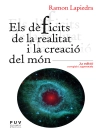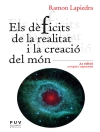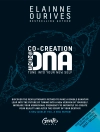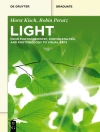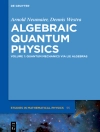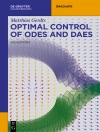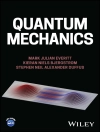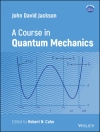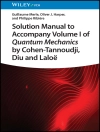This book highlights the discussions by renown researchers on questions emerged during transition from the relativistic heavy-ion collider (RHIC) to the future electron ion collider (EIC). Over the past two decades, the RHIC has provided a vast amount of data over a wide range of the center of mass energies. What are the scientific priorities, after RHIC is shut down and turned to the future EIC? What should be the future focuses of the high-energy nuclear collisions? What are thermodynamic properties of quantum chromodynamics (QCD) at large baryon density? Where is the phase boundary between quark-gluon-plasma and hadronic matter at high baryon density? How does one make connections from thermodynamics learned in high-energy nuclear collisions to astrophysical topics, to name few, the inner structure of compact stars, and perhaps more interestingly, the dynamical processes of the merging of neutron stars? While most particle physicists are interested in Dark Matter, we should focuson the issues of Visible Matter! Multiple heavy-ion accelerator complexes are under construction: NICA at JINR (4 ~ 11 Ge V), FAIR at GSI (2 ~ 4.9 Ge V SIS100), HIAF at IMP (2 ~ 4 Ge V). In addition, the heavy-ion collision has been actively discussed at the J-PARC. The book is a collective work of top researchers from the field where some of the above-mentioned basic questions will be addressed. We believe that answering those questions will certainly advance our understanding of the phase transition in early universe as well as its evolution that leads to today’s world of nature.
Table of Content
Introduction.- QCD phase structure at finite baryon density.- Nuclear matter under extreme external fields : rotation and magnetic fields.- Dynamical evolution of non-equilibrium and transport.- Nuclear matter at high density and EOS.- Summary and outlook.
About the author
Xiaofeng Luo is currently a professor at the Department of Physics, Central China Normal University, China. He received his Ph.D. degree (2011) from the Department of Modern Physics, University of Science and Technology of China, and was co-trained at Lawrence Berkeley National Laboratory from 2009 to 2011. He joined Central China Normal University, China, after graduation and worked as a visiting scholar at the University of Tsukuba, Japan, and the University of California, Los Angeles, the USA. In 2018, he was awarded the Merit Award of Brookhaven National Laboratory, the USA. In 2021, he received the National Science Fund for Outstanding Young Scholars of China. He is the convenor of the STAR Experiment Fluctuation and Correlation Analysis Group and a board member of CBM Experiment. In the past decade, he has been working on the experimental study of the critical point of QCD phase transition in high-energy heavy-ion collisions.
Qun Wang is currently a professor at the Department of Modern Physics, the University of Science and Technology of China. He received Ph.D. degree in particle physics and nuclear physics from Shandong University in 1997. He was named the Humboldt Visiting Scholar at the Institute of Theoretical Physics, the University of Frankfurt, Germany, from 2000 to 2003, and worked there as a visiting professor from 2003 to 2005. He was a senior visiting scholar at the Department of Physics, Brookhaven National Laboratory, the USA, in 2014. He was named in the Hundred-Talent Program by the Chinese Academy of Sciences and received the National Science Fund for Distinguished Young Scholars in 2012. His main research interests include quantum field theory and quantum chromodynamics at finite temperature and density, phenomenology of heavy-ion collisions, and nuclear astrophysics.
Nu Xu is currently a senior scientist at Lawrence Berkeley National Laboratory, Berkeley, the USA. He received his B.S. degree from the University of Science and Technology of China and Ph.D. degree in physics from the State University of New York, Stony Brook, the USA, in 1991. After two postdoctoral periods, he joined the Lawrence Berkeley National Laboratory in 1997. In 2010, he joined the faculty of Central China Normal University, and in 2018, he became a scientist at the Institute of Modern Physics, Chinese Academy of Sciences. Throughout his career, he has focused on the experimental study of the QCD phase structure in high-energy nuclear collisions.
Pengfei Zhuang is currently a professor at the Department of Physics, Tsinghua University, China. He received his Ph.D. degree from Central China Normal University in 1990. He studied and worked in Germany after that and was awarded the Humboldt Research Fellowship in Germany in 1992. He joined Tsinghua University since his return to China in 1997. His research area is particle physics and nuclear physics, and his research interests are in high-energy heavy-ion collisions and strong interaction phase transition theory. He was awarded the National Science Fund for Distinguished Young Scholars of China in 1999, the Wu Youxun Physics Prize of the Chinese Physical Society in 2011, and the Second Prize of Natural Science Awards by the Ministry of Education of China in 2014.



